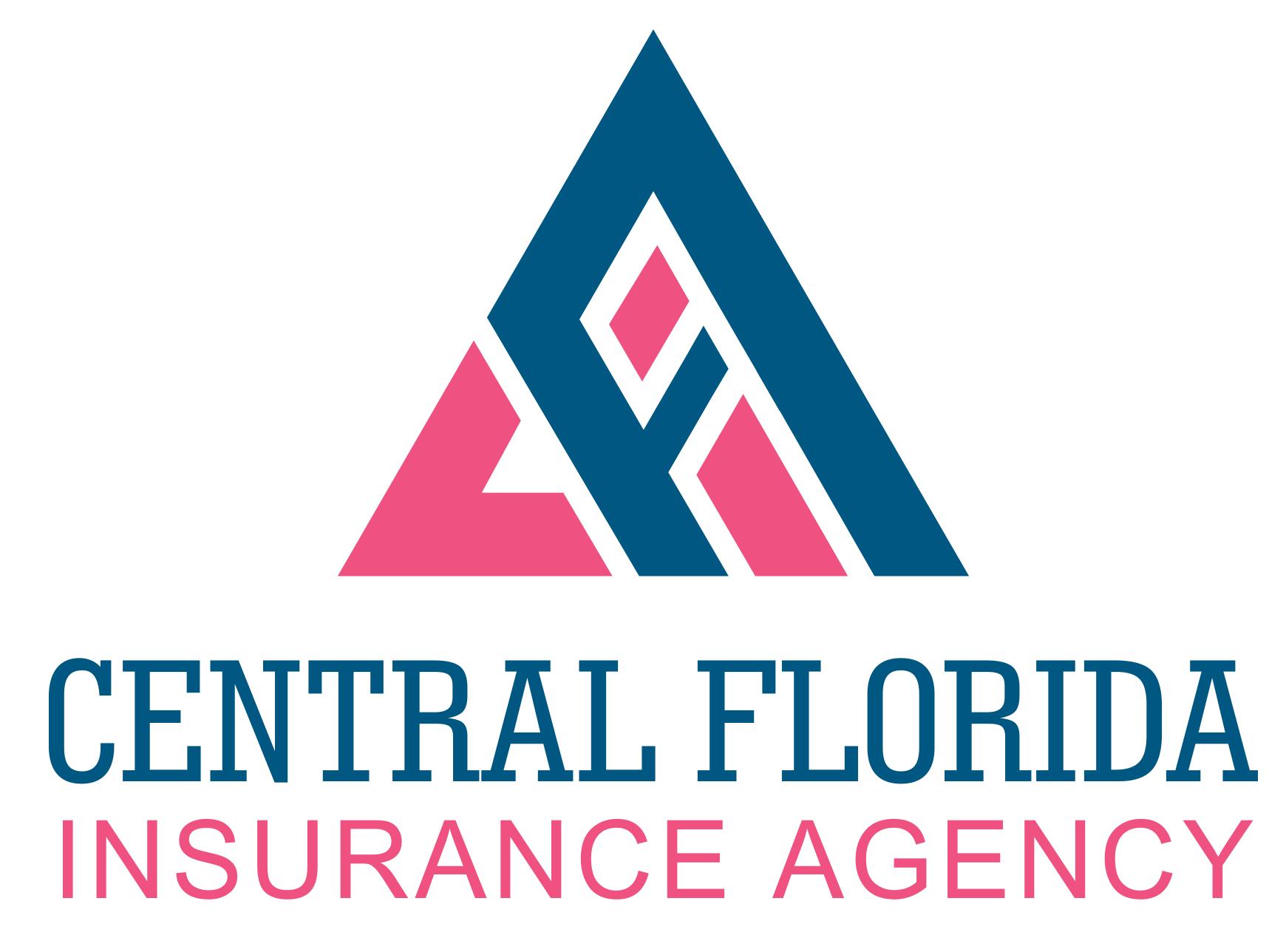Second-To-Die Policy
Ensure The Future Of Your Estate.
Second-to-die life insurance is commonly used in estate planning for the purpose of assuring funds for payment of estate taxes. Benefits from this insurance policy are obtained after the death of the second of two insured’s, who is generally a spouse. To avoid the three-year contemplation-of-death ruling, a wholly operative inflexible life insurance trust should be installed before applying for a life insurance or going through medical examinations. The contemplation-of-death issue can also be resolved by doubling the insurance proceeds for the first four years and by providing the insurance agent with complete medical information. Prospective buyers of second-to-die life insurance should be wary of potentially confusing factors. These include the interest rates assumption, the financial status of the insurer and term insurance.
To be most effective, the proceeds from the insurance should be excludable from the taxable estate of the second to die. A fully operative irrevocable life insurance trust established before signing a life insurance application or going through medical examinations will accomplish that objective. This will also avoid the three-year contemplation-of-death rule.
Another way to solve the contemplation-of-death issue is to double the insurance proceeds for the first four years. This is offered for a minimal extra charge. The advantage of this solution is that it allows the insurance company to begin immediately medical underwriting and communication with the medical professionals even though the trust agreement has not been signed.
Another approach is to give the insurance agent full medical information from the applicant's doctor with the agent obtaining an informal opinion from the insurance company's underwriter. Assuming the purpose of the trust is to keep the insurance proceeds out of the estate, why spend money and time establishing a trust until the cost of the insurance is known? Such information is obtainable only with medical information.
When analyzing second-to-die illustrations, many potentially misleading factors are present. All insurance illustrations rely on three factors affecting projections on life insurance performance: mortality, expenses, and interest. The interest assumption used by an insurer in a projection is especially important. Some companies in periods of declining interest rates will use historical rates in their illustrations. This certainly lowers the proposal's credibility. How does an advisor become aware of this? The insurer should be requested to illustrate the effects of falling interest rates and to discuss projected company earnings.
Another area to investigate is the insurer's financial status. One key component is the ratio of the percentage of higher risk assets (junk bonds, delinquent mortgages, depressed real estate, etc.) to surplus. If this ratio is over 100% and the higher risk assets disappear, the insurer would be insolvent. In recent years, insurers have had ratios beyond 100%. Even if a company doesn't become insolvent, a large amount of higher risk assets can lead to operating and cash flow problems which could impact the ability to survive the policy.
Some insurance companies have competition units to help check what other companies are saying or to check what a broker is saying about their company. The advisor or the applicant could contact the competition department of a second insurance company to verify the accuracy of the illustration and obtain information about other companies' products.
Another suggestion is to avoid writing more insurance with one carrier than its retention limit. Otherwise, the financial status of the reinsurer must be evaluated. Then again, in larger cases, a quasi mutual fund of life insurers can dilute the risk of one company's insolvency.
